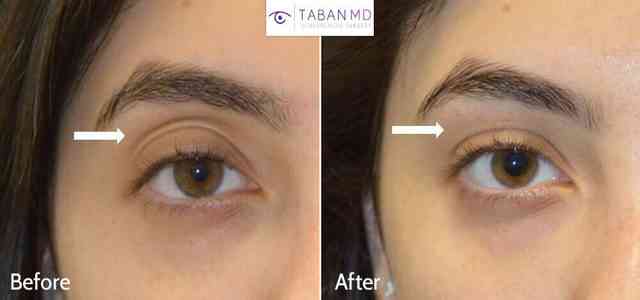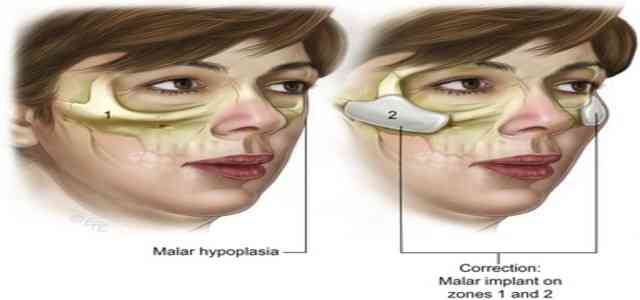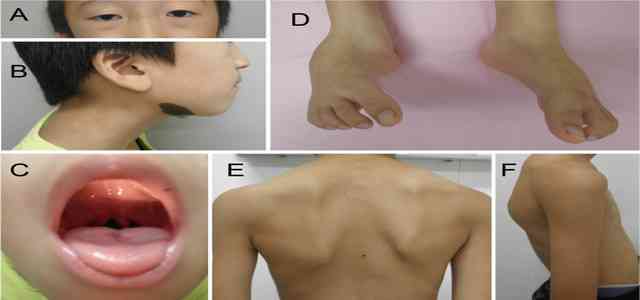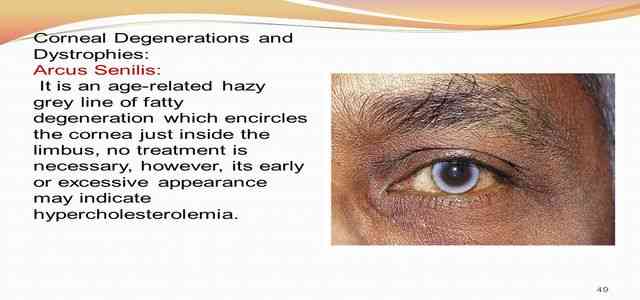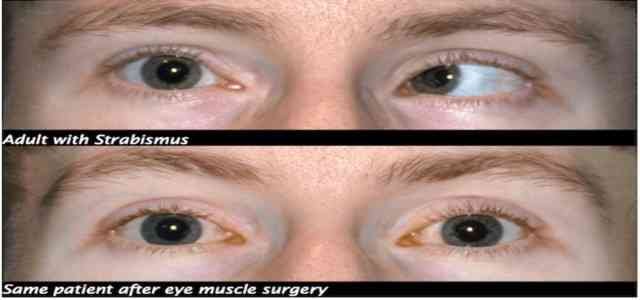The face features of a person with Marfan syndrome can be unpredictable and difficult to identify. However, there are some telltale signs that might help you recognize this disorder in someone else or yourself – for example, an abnormal height Prestreght Victoria secretions pattern on their skin
As we age our body undergoes various changes which lead us towards different health issues such as heart disease or arthritis among others. One thing however never changes; You’re still beautiful no matter what your age!
As we know from the previous article (Marfan Syndrome: Symptoms, Causes, Diagnosis and Treatment) that Marfan syndrome is a genetic disorder that directly affects the connective tissue inside our body. The material between the cells of our body actually helps to provide tissue form that eventually gives strength. The layers of connective tissue can be found easily all over our bodies. In the case of Marfan syndrome, multiple organs can be affected. Such as:
- Heart and blood vessels.
- Eyes (ocular)
- Skeleton of our body
However, now we are going to specifically see the facial features of Marfan Syndrome, its signs, symptoms, causes and some other important questions related.
Study On Marfan Syndrome Face
According one study on ”The diagnostic value of the facial features of Marfan syndrome”, They examined the prevalence of known facial features of Marfan syndrome. And these features may include enophthalmos, dolichocephaly, malar hypoplasia, and retrognathia.
Enophthalmos (Deep-Set Eyes)
Enophthalmos is the back relocation of the eyeball inside the circle because of changes in the volume of the circle (bone) compared with its substance (the eyeball and orbital fat), or loss of capacity of the orbitalis muscle. However, it is seen that Orbital floor fracture is the most well-known reason for enophthalmos.
Dolichocephaly (Long-Narrow Skull)
We can say that dolichocephaly is a condition in which you find the head is longer than normal condition, as compared to its width. This positional scaphocephaly is characterized as a boat-formed or extended foremost back hub because of skull flattening during side-to-side head situating.
Malar Hypoplasia (Flat Cheekbones)
In this condition, the person has undeveloped cheekbones. Cheekbones design your face under your skin, especially the malar bones. In the event that your malar bones are situated in nearness to your eyes, you’re considered to have high cheekbones. Lower cheekbones allude to malar bones that rest nearer to the lower part of your nose. However, malar hypoplasia often refers to the abnormally flatten malar bones.
Micrognathia (Very Tiny/Small Jaw)
Another feature of Marfan syndrome face is Micrognathia. It is a condition in which a person has a little lower jaw. A person with micrognathia has a lower jaw that is a lot more limited or more modest than all of their face. However, someone might be brought into the world with this issue, or it can grow sometime later with the passage of time.
Mild Marfan Syndrome Faces
Moreover, some Marfan Syndrome faces have the features in which they exhibit a higharched roof of the mouth that we call palate. Their teeth sometimes are crowded together and upper and lower teeth don’t meet with each other whenever they bite. Even in mild cases of Marfan syndrome face appears thin.
Sign And Symptoms Of Marfan Syndrome
Every individual is slightly different from others in the Marfan syndrome case. Some persons have features while others have different combinations of features. Other than the significant Marfan syndrome face, we can see their long arms, thin fingers and legs, curved spine, and tall and thin body. Moreover, their chest sticks out and in, People with Marfan syndrome often have a high, arched palate and crooked teeth. They may also have scoliosis or curvature of the spine. Marfan syndrome can affect the face in several ways. The most common facial feature associated with Marfan syndrome is overcrowding of the teeth. People with Marfan syndrome may also have a narrow face, with sunken cheeks and a small chin. marks on the skin, stretch marks, and flexible joints.
Famous People With Marfan Syndrome 2021– Top 10
Marfan Syndrome Progresses
The most difficult thing to recognize in the Marfan syndrome case is that some person has mild symptoms of it, on the other hand, some have severe. So it is very difficult to recognize which condition is worst. This disorder progresses as the individual grows old.
If we talk about some infants then Marfan syndrome may cause severe and rapidly progressive complications during infancy which is not good. Due to progressive complications, it affects multiple organ systems early in individual life. This disorder has the potential to affect many systems of our body including our heart, Blood vessels, eyes, skeleton, skin, and lungs.
Causes Of Marfan Syndrome Face
This disorder is actually caused by defects or deletion of the fibrillin-1 FBN1 gene. Not in the case of everyone who has this mutation, this develops MF (Marfan Syndrome). The FBN1 produces a protein that we knew as fibrillin-1. It is a component of a structure that we call microfibrils.
These fibres are like structures that are part of the extracellular matrix, this is a complex material and it surrounds and connects cells throughout our body. Most Researchers believe fibrillin-1 plays a very essential role in maintaining the strength as well as the structural integrity of the connective tissue inside our body. Without this specific fibrillin-1, the connective tissue of our body gets weak and results in abnormal Marfan syndrome face and other physical features.
Autosomal Condition
Marfan syndrome is interested in an autosomal dominant condition. This dominant disorder factor occurs when only a single gene is sufficient to cause the maximum disease. In 75% of Marfan syndrome cases, The abnormal gene can be inherited from either parent (mother, father). The rest 25% of cases of Marfan syndrome are due to disease-causing DNA change that results in a mutation.
Can You Have Slight Marfan Syndrome?
It can be possible as it varies from person to person. There are some individuals that happen to develop only a few mild or we can say isolated symptoms which goes unnoticeable. On the other hand, some develop more serious complications and with severe symptoms included. However, the Marfan syndrome progresses with the passage of time as the individual grows older.
Does Marfan Syndrome Affect Intelligence?
No, this specific Marfan syndrome directly affects your face, skin, lungs, nervous system, heart, blood vessels, Skeleton, etc but it does not affect your intelligence. This is a disorder of connective tissue, not brain cells. All the brain functioning is normal even in this condition.
At What Age Does Marfan Syndrome Appear?
It can appear at any age whether in your teens or in adult age. The features sometimes gradually appear and sometimes from the start at birth. Some people develop features including aortic enlargement in their teens or even when they are adults. A few cases of Marfan syndrome are such that, in them, the features are progressive means they will get worse and worst with the passage of time.
How Does Marfan Syndrome Affect the Skin?
Individuals with Marfan syndrome are prone to develop stretch marks. Just like women receive those marks on their skin due to the rapid growth of adolescence. Some do have these stretch marks when they lose and gain weight. Marfan syndrome patient also has these marks often in their early stage of life even without weight change. So yes it does affect the skin.
Ocular Feature of Marfan Syndrome
Many people who have Marfan syndrome suffer from this nearsightedness. It is also called myopia and abnormal curvature of the eye or we can say astigmatism. It happens when the connective tissue effects or defects the cornea, lens, and growth of the eyeball. The other Marfan syndrome face signs and symptoms related to it are ectopia lentis, flattened corneal curvature, corneal thinning, strabismus, and retinal detachment.
Ectopia Lentis
It is the shift in the lens located inside the eyeball. The lens moves or we can say dislocate so the person cannot see from the centre of the eye. They can see from a different angle. This dislocation occurs due to weakness in connective tissue.
Corneal Thinning
Keratoconus is the condition that causes corneal thinning. In this, your cornea diminishes and steadily swells outward into a cone shape. And this can cause a foggy and unclear vision.
Strabismus
Strabismus is a condition where the eyes don’t appropriately line up with one another when taking a gander at an item. The eye that is centred around an article can substitute. The condition might be available every so often or continually. However, it is frequently joined by other eye conditions, just like nystagmus.
Any Individual with Marfan syndrome can easily develop severe cardiovascular, orthopedic, and also ocular challenges. There is no cure for Marfan syndrome, but treatments can help to manage the symptoms. If you or someone you know has Marfan syndrome, it is important to see a doctor for regular checkups. With proper treatment, people with Marfan syndrome can live long and healthy lives. Because today medical and surgical advancements have increased the life span of those people who suffer from Marfan syndrome from 45 years to about 70 years.
